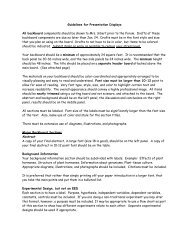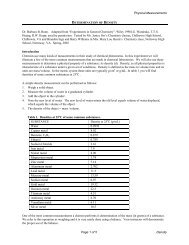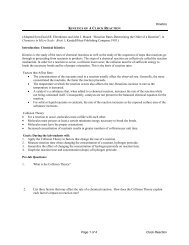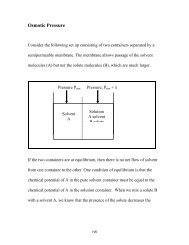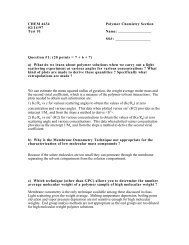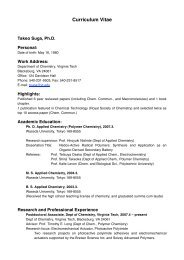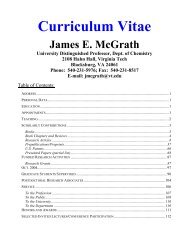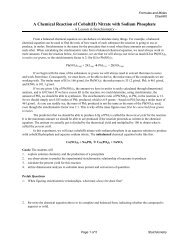Heat Transfer-1 (color)
Heat Transfer-1 (color)
Heat Transfer-1 (color)
Create successful ePaper yourself
Turn your PDF publications into a flip-book with our unique Google optimized e-Paper software.
– <strong>Heat</strong> <strong>Transfer</strong> via Free Electrons:<br />
This second conduction heat transfer mechanism is observed<br />
primarily in metallic solids. The concentration of free electrons<br />
varies considerably for metallic alloys and is very low for nonmetals.<br />
The previous statement implies that the ability of solids<br />
to conduct heat via this mechanism varies directly with the free<br />
electron concentration (pure metals conduct heat the best). This<br />
conduction mechanism also relies on the existence of a<br />
temperature gradient.<br />
• Theoretical Treatment of <strong>Heat</strong> <strong>Transfer</strong> by Conduction<br />
A quantitative expression relating the rate of heat transfer, the<br />
temperature gradient and the nature of the conducting medium<br />
is attributed to Fourier (1822)<br />
q x dT<br />
= − k temperature<br />
A dx gradient along x<br />
<strong>Heat</strong> flux= heat thermal<br />
flow rate per unit conductivity<br />
area in direction x of material<br />
A: area normal to<br />
heat flow



